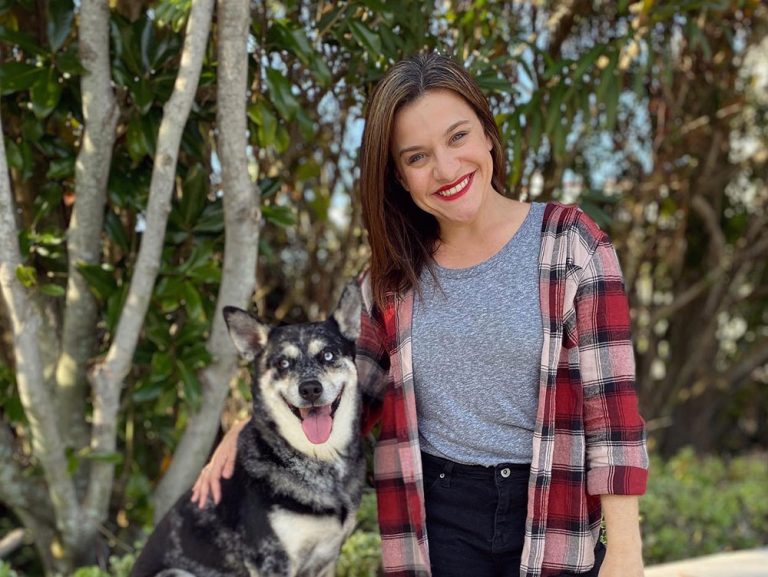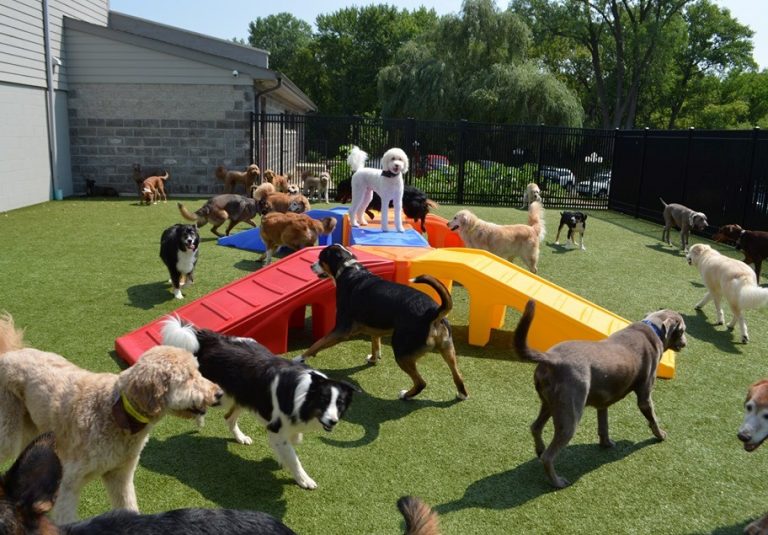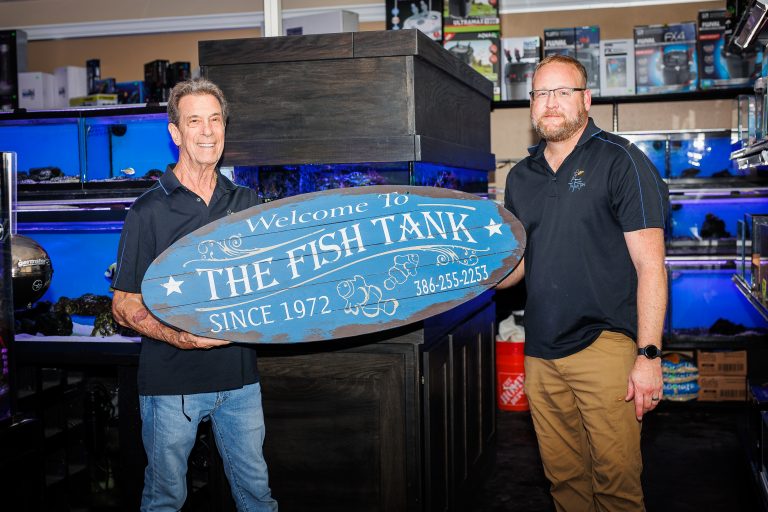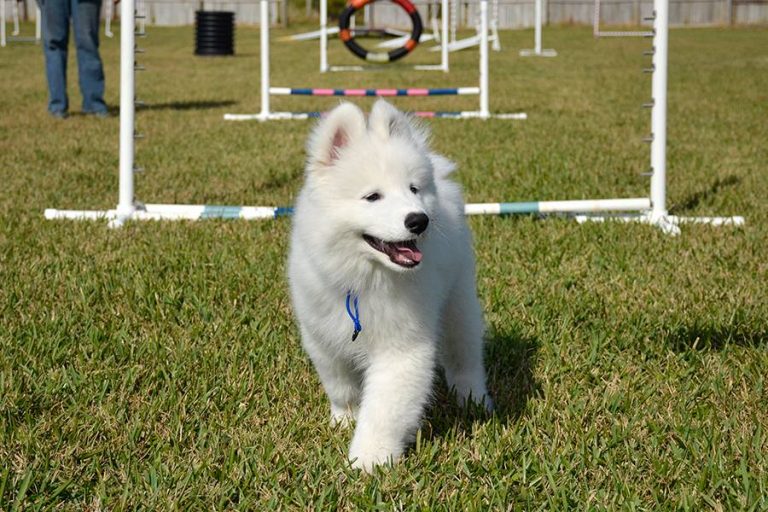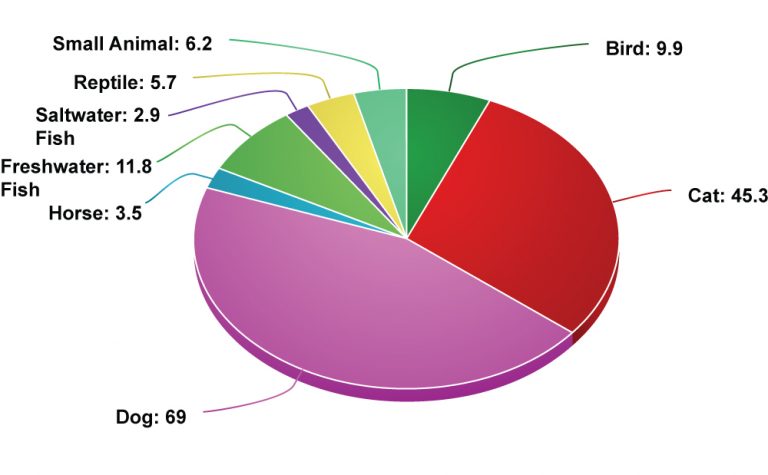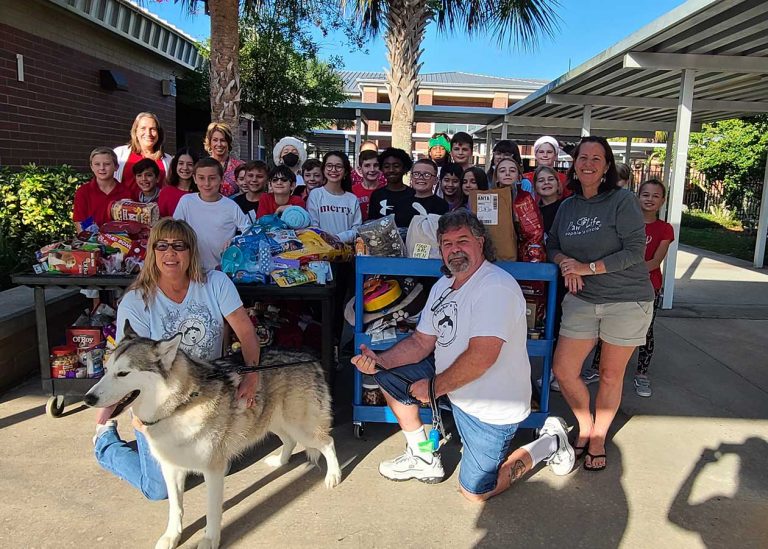The Evolution of Pet Healthcare: New Tech, New Thinking
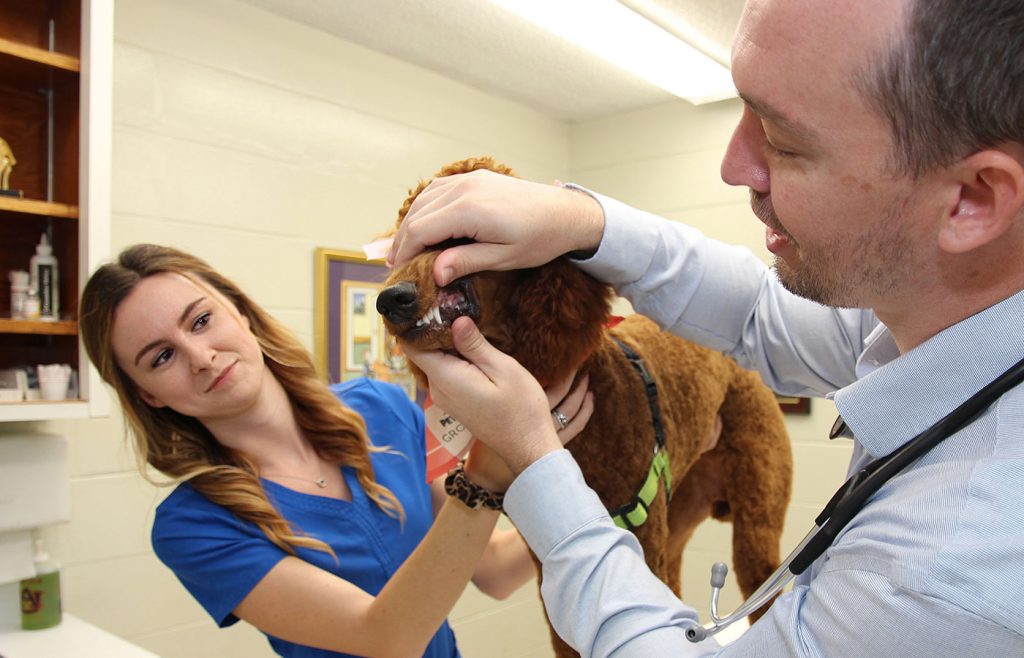
Pets are part of the family. And today, more pet owners will do all that they can to keep that ‘other’ family member as happy and healthy as possible. For the veterinary profession, new technologies, trends and treatments are continually being developed for a growing pet population.
“There is a ‘human/animal bond’ between owners and pets that makes owners of today more aware of their pet’s health needs and challenges,” says Dr. Kyle Wolfersteig, DVM, owner of Driftwood Animal Hospital in Daytona Beach. Considering them as family members, “pet owners are more willing to treat and diagnose both acute and chronic illnesses.” With that, there is a growing emphasis on specialized disciplines — physical therapy, ophthalmology, oncology, cardiology — and even dermatology and behaviorism.
These technological advances and specialized disciplines are a part of the huge and growing animal healthcare market, which was valued at more than $150 billion in 2022 and is expected to reach $238 billion by 2032, according to the Global Market Insights research organization.
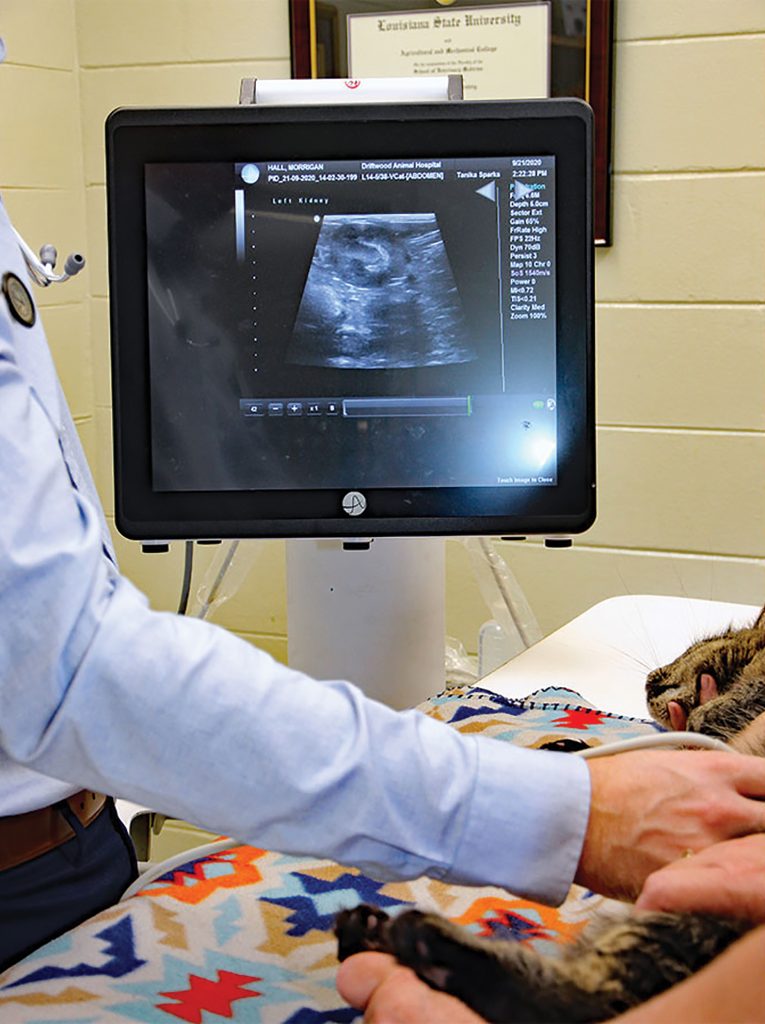 Medical Strides
Medical Strides
Advancements in technology have brought numerous new therapies and treatments to the veterinary profession. Nationally, healthcare providers are promoting greater use of 3D printing for surgeries, laser therapy, wearable devices to keep track of body functions, artificial intelligence (AI) to detect diseases and are even using telemedicine, prompted by the COVID pandemic, to treat pet patients.
Dr. Willem-Jan van Deijck, DVM, owner of Pet Street Veterinary Care Center in Ormond Beach, praises progress in stem cell treatments. His care center uses stem cell therapies, using a pet patient’s blood cell platelets to help heal their troubled joints and other body parts. “The quality and techniques of stem cells are greatly improving,” he said.
Meanwhile, Dr. Wolfersteig notes the use of vessel sealer technology to help decrease bleeding during surgeries — a practice that has been standard for humans and is now more available to veterinarians.
Added to these treatments are advancements in ultrasound and echocardiogram technology to more easily detect underlying illnesses such as liver, kidney and heart diseases. Dr. Wolfersteig also notes a growing trend to use more ‘pet specific’ medications and treatments in lieu of medications used for humans — as was done in the past.
These advanced treatments are leading to earlier and more frequent detection of diseases than in years past. “For example, it may seem like cancers or other diseases are happening more frequently in our pets than they were 20 or 30 years ago,” comments Dr. Wolfersteig. “In reality, we have better diagnostic capabilities now, and pet owners are more willing to do what they can for the health of their pet.” Also, veterinarians today are able to perform more blood lab tests in house, allowing them to rapidly address illnesses.
Costs of the new technology factor in for the veterinary care centers. “Our goal is to add something new every year,” comments Dr. van Deijck, “either a device or new service — to expand our business.” But he adds that “inflation is huge,” and costs in the past two years have gone up dramatically, prompting a larger need to balance the benefits with the investment.
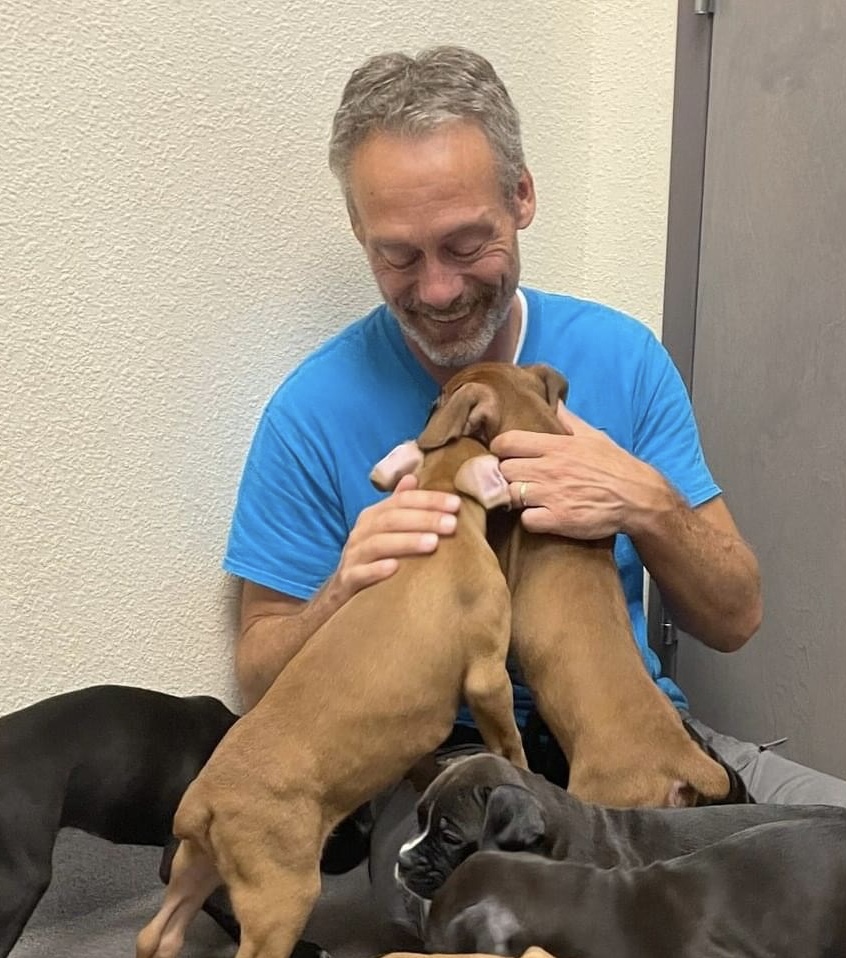
Concerns and Challenges
Nationally, pet adoptions have increased significantly in recent years, especially during the COVID pandemic when people were forced to work from home. “With this increased demand for pet healthcare, there has been an increased pressure on staff to see as many patients as possible while maintaining a high standard of care,” comments Dr. Wolfersteig, whose Driftwood Animal Hospital has been in Daytona Beach for more than 60 years. “In veterinary medicine, we are currently seeing significant demand for veterinary care, but we also are experiencing a tight labor market for veterinarians and experienced technical staff,” he notes. “This has made it difficult to keep up with the demand we are experiencing for pet healthcare. Many times, our appointments have been booked out 3-4 weeks at a time.”
Dr. van Deijck at Pet Street also stresses the value of technicians in today’s healthcare profession. “I tell all my clients that I couldn’t do this without my technicians. I push them (the technicians) to do as much as possible.”
Workload, stress and burnout have become major issues of concern in the pet healthcare business. Across the nation, there is a significant shortage of veterinarians, estimated to reach 15,000 by 2030 according to a recent report from Animal Health Economics. “It’s not that there are not enough veterinarians graduating; it’s because of burnout,” says Dr. van Deijck.
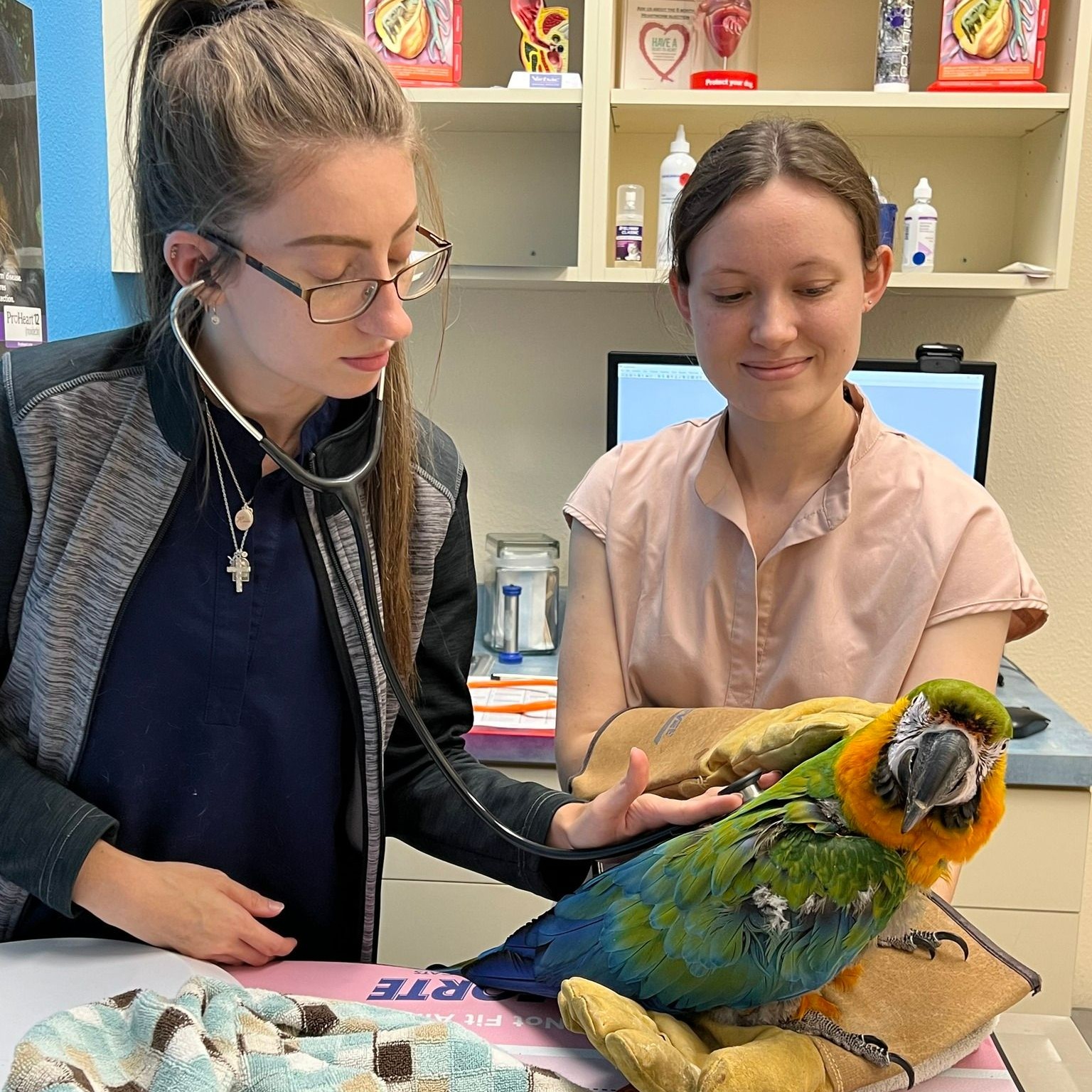
And COVID has made things worse. Dr. van Deijck finds that “since COVID, clients have become more aggressive, not just to veterinarians, but to technicians as well,” figuring that at least part of this stems from a strong emotional bond that owners have with their pets. He also believes that “social media is a big factor,” explaining that a client will readily post negative comments about one unfortunate experience but neglect to mention many positive ones.
“Compassion fatigue is another factor in veterinarian burnout,” explains Dr. Wolfersteig, such as having to “comfort a family that is saying goodbye to their longtime companion. Fortunately, our profession has been taking steps to help address this issue from Facebook support groups, education on how to recognize compassion fatigue, and even training veterinary social workers to help address mental health issues related to veterinary medicine.”
Pet Insurance
Dr. van Deijck believes the cost to insure pets and a lack of understanding of how pet insurance works has resulted in less usage in the United States.
But this is changing. According to the North American Pet Health Insurance Association, there were almost four million insured pets at the end of 2021, a 28.3%increase over 2020 and they expect this growth trend to continue.
Dr. Wolfersteing agrees. “The cost of pet care will only continue to increase into the future. Due to that, I see pet insurance playing a much larger role in our industry moving forward.”


